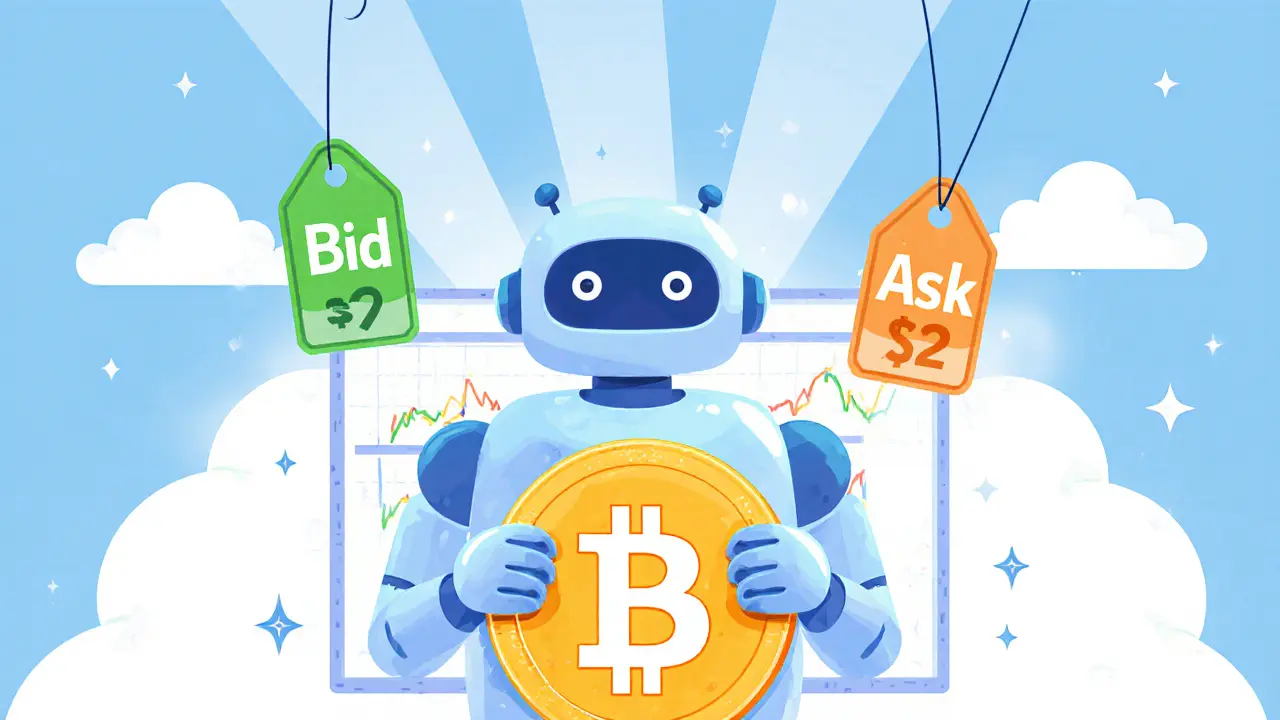Market Orders: Instant Execution Explained
When working with market orders, orders that execute immediately at the best available price. Also known as market‑type orders, they are the default choice for traders who prioritize speed over price certainty. In contrast, a limit order, an order that sets a specific price you’re willing to pay or receive waits for market conditions that match your price, while a stop order, an order that becomes a market order once a trigger price is hit adds a safety net against sudden moves. Market orders are useful when you need to enter or exit a position quickly, especially in fast‑moving markets.
Why Market Orders Matter in Real‑World Trading
Market orders require sufficient liquidity, the depth of buy and sell orders that allows trades to fill without large price slippage. If liquidity is thin, even a market order can slide the price, leading to unexpected costs. This is why many traders monitor order‑book depth before clicking “Buy” or “Sell.” The connection between liquidity and order execution is a core element of successful trading: high liquidity → smooth execution → minimal slippage. Conversely, low liquidity → execution risk → potential loss.
Another key piece is order execution, the process by which an exchange matches your order with counter‑orders. Execution speed can vary by exchange, asset type, and network congestion. Faster execution means the price you see when you place the order is more likely to be the price you get. This is why professional traders often choose venues with low latency and high throughput for market orders.
Understanding how market orders interact with limit and stop orders helps you build a balanced strategy. For example, you might use a market order to open a position instantly, then set a limit order to take profit at a target price, and a stop order to protect against downside. This layered approach leverages the strengths of each order type while mitigating their weaknesses.
Below you’ll find a curated set of articles that dive deeper into these concepts. From detailed exchange fee breakdowns to real‑world case studies of order‑type choices, the collection gives you practical insights you can apply right away. Explore the posts to see how market orders fit into broader trading tactics, how to assess liquidity on different platforms, and what tools can help you monitor execution quality.
- May
9
2025 - 5
Understanding the Bid‑Ask Spread in Cryptocurrency Markets
Learn what the bid‑ask spread is, how to calculate it, and why it matters for crypto traders. Get tips on reducing spread costs, choosing exchanges, and using limit orders effectively.
Read More